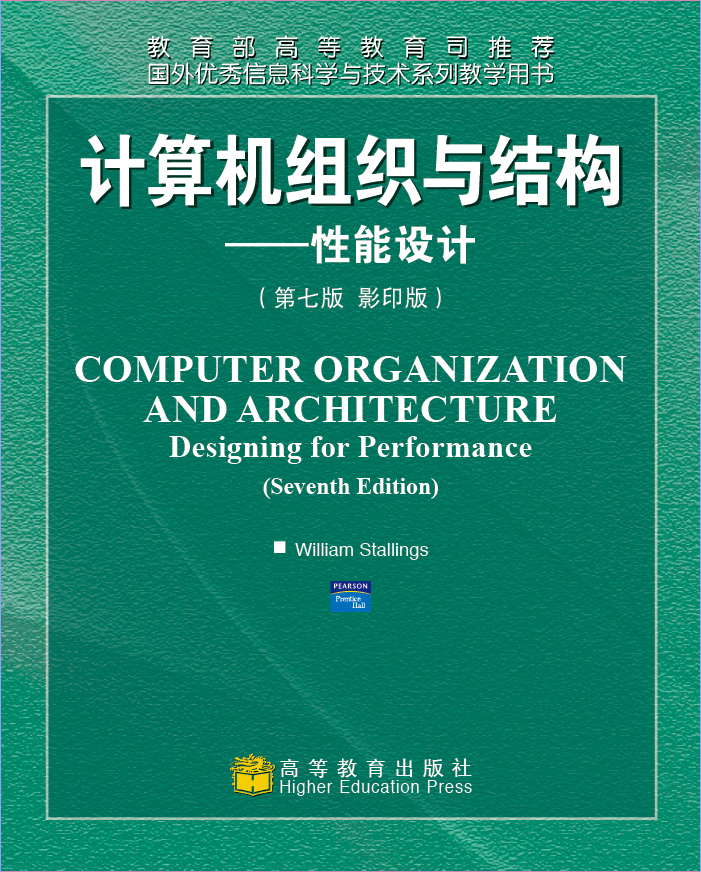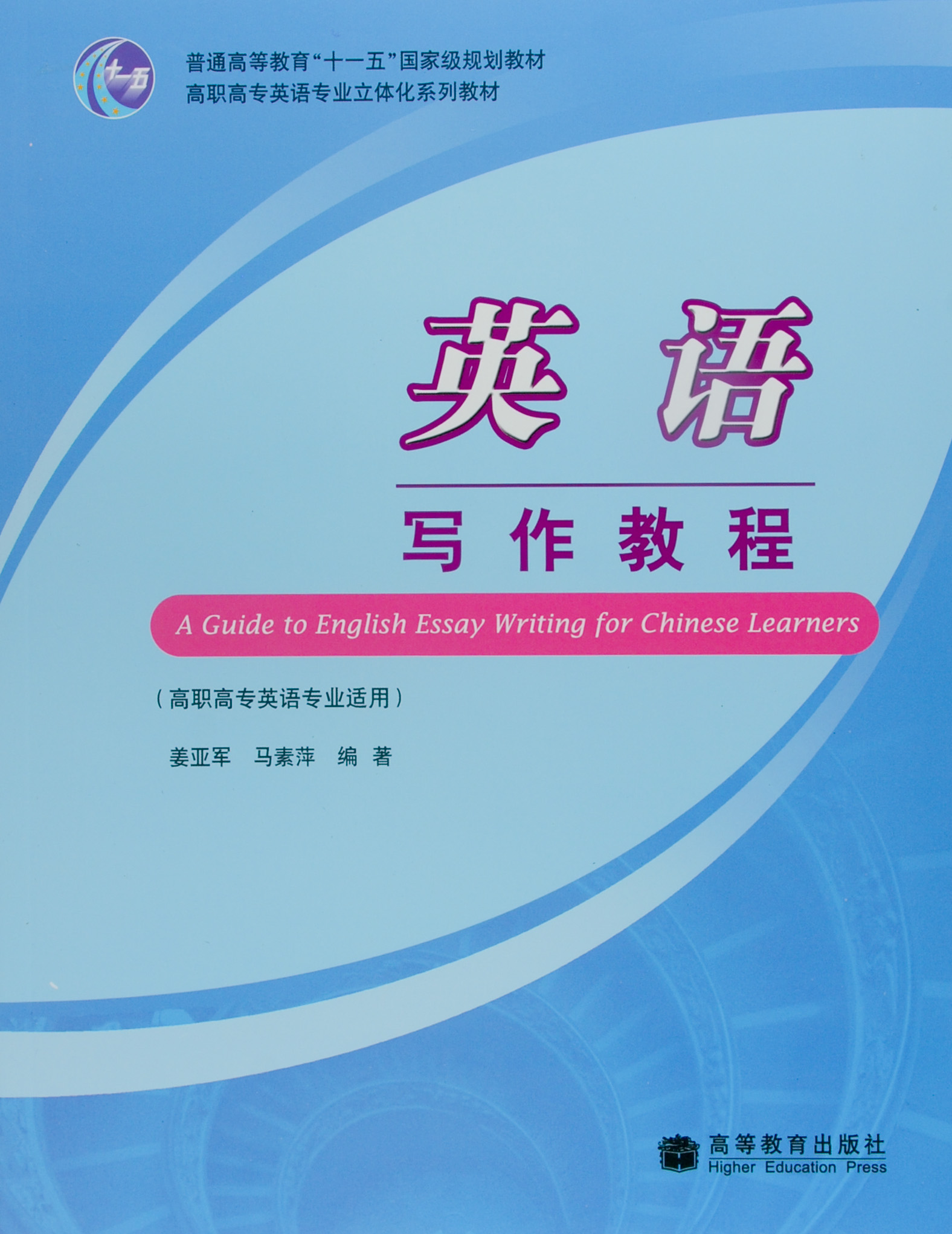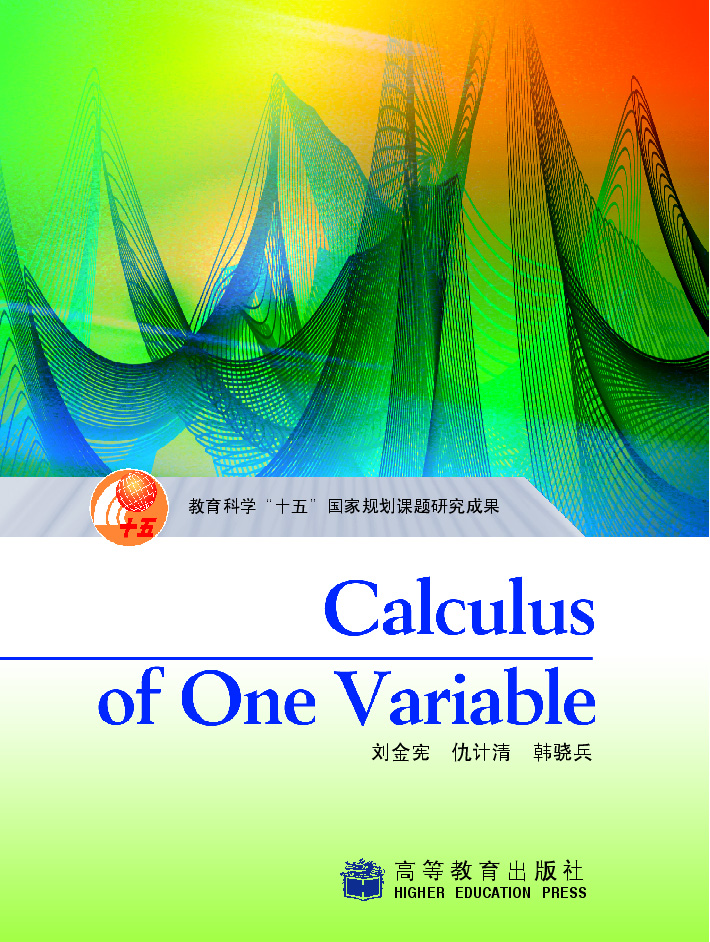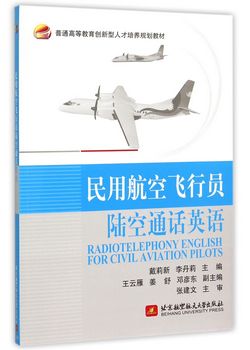高等固体物理学(第2版)(英文版)
¥98.00定价
作者: [美]菲利普斯
出版时间:2015-07
出版社:世界图书出版公司
- 世界图书出版公司
- 9787510097980
- 74286
- 2015-07
- O48
内容简介
菲利普斯著的《高等固体物理学(第2版)(英文版)》旨在让读者对固体物理学研究的关键点有个初步的了解,因此新版《高等固体物理学》中尽量少地使用数学知识,采用浅显易懂的书写方式阐述了最先进的固体物理学研究。该书涵盖了该领域中最前沿的课题,包括固体中的电子传输和磁性。它是解释拓扑绝缘体和强关联电子的第一本书。
目录
Preface
1 Introduction
1.1 Spontaneously broken symmetry
1.2 Tracking broken symmetry: order parameter
1.3 Beyond broken symmetry
References
2 Non interacting elearon gas
Problems
3 Born—Oppenheimer approximation
3.1 Basic Hamiltonian
3.2 Adiabatic approximation
3.3 Tight—binding approximation
Problem
References
4 Second quantization
4.1 Bosons
4.2 Fermions
4.3 Fermion operators
Problems
References
5 Hartree—Fock approximation
5.1 Non—interacting limit
5.2 Hartree—Fock approximation
5.3 Diagrams
Problem
References
6 Interacting electron gas
6.1 Uniform electron gas
6.2 Hartree—Fock excitation spectrum
6.3 Cohesive energy of metals
Summary
Problems
References
7 Local magnetic moments in metals
7.1 Local moments: phenomenology
7.2 Impurity density ofstates
7.3 Green functions
7.4 Friedel's sum rule and local moments
Summary
Appendix to Chapter 7: Luttinger's theorem
Problems
References
8 Quenching of local moments:the Kondo problem
8.1 The Kondo Hamiltonian
8.2 Why is J negative?
8.3 Scattering and the resistivity minimum
8.4 Electron—impurity scattering amplitudes
8.5 Kondo temperature
8.6 Poor Man's scaling
Summary
Appendix to Chapter 8: the Schrieffer—Wolff transformation
Problems
References
9 Screening and plasmons
9.1 Thomas—Fermiscreening
9.2 Plasma oscillations and collective coordinates
9.3 Linear response theory
9.4 Dielectric response function
9.5 Kubo formula: electrical conductivity
9.6 Stopping power of a plasma
Summary
Problems
References
10 Bosonization
10.1 Luttingerliquid
10.2 Bosonization of Luttinger model
10.3 Pair binding: can electrons do it alone?
10.4 Excitation spectrum
Summary
Problems
References
11 Electron—lattice interactions
11.1 Harmonic chain
11.2 Acoustic phonons
11.3 Electron—phonon interaction
11.4 Ultrasonic attenuation
11.5 Electrical conduction
Summary
Problems
References
12 Superconductivity in metals
12.1 Superconductivity:phenomenology
12.2 Electron—phonon effective interaction
12.3 Model interaction
12.4 Cooperpairs
12.5 Fermi liquid theory
12.6 Pair amplitude
12.7 BCS ground state
12.8 Pair fluctuations
12.9 Ground state energy
12.10 Critical magnetic field
12.11 Energygap
12.12 Quasi—particle excitations
12.13 Thermodynamics
12.14 Experimental applications
12.15 Josephson tunneling
Summary
Problems
References
13 Disorder:localization and exceptions
13.1 Primer on localization
13.2 Return probability: localization criterion
13.3 Weak localization
13.4 Scalingtheory
13.5 Exceptions to localization
Summary
Problems
References
14 Quantum phase transitions
14.1 Quantum rotor model
14.2 Scaling
14.3 Mean—field solution
14.4 Landau—Ginsburg theory
14.5 Transport properties
14.6 Experiments
14.7 Scaling and T—linear resistivity
Problems
References
15 Quantum Halland other topological states
15.1 What is the quantum Hall effect?
15.2 Landaulevels
15.3 The role of disorder
15.4 Currents at the edge
15.5 Topological insulators
15.6 Laughlin liquid
Summary
Problems
References
16 Electronsat strong coupling:Mottness
16.1 Bandinsulator
16.2 Mott's problem
16.3 Much ado about zeros: Luttinger surface
16.4 Beyond the atomic limit: Heisenberg versus Slater
16.5 Dynamical spectral weight transfer
16.6 Epilogue: 1=2—1
Problems
References
Index
1 Introduction
1.1 Spontaneously broken symmetry
1.2 Tracking broken symmetry: order parameter
1.3 Beyond broken symmetry
References
2 Non interacting elearon gas
Problems
3 Born—Oppenheimer approximation
3.1 Basic Hamiltonian
3.2 Adiabatic approximation
3.3 Tight—binding approximation
Problem
References
4 Second quantization
4.1 Bosons
4.2 Fermions
4.3 Fermion operators
Problems
References
5 Hartree—Fock approximation
5.1 Non—interacting limit
5.2 Hartree—Fock approximation
5.3 Diagrams
Problem
References
6 Interacting electron gas
6.1 Uniform electron gas
6.2 Hartree—Fock excitation spectrum
6.3 Cohesive energy of metals
Summary
Problems
References
7 Local magnetic moments in metals
7.1 Local moments: phenomenology
7.2 Impurity density ofstates
7.3 Green functions
7.4 Friedel's sum rule and local moments
Summary
Appendix to Chapter 7: Luttinger's theorem
Problems
References
8 Quenching of local moments:the Kondo problem
8.1 The Kondo Hamiltonian
8.2 Why is J negative?
8.3 Scattering and the resistivity minimum
8.4 Electron—impurity scattering amplitudes
8.5 Kondo temperature
8.6 Poor Man's scaling
Summary
Appendix to Chapter 8: the Schrieffer—Wolff transformation
Problems
References
9 Screening and plasmons
9.1 Thomas—Fermiscreening
9.2 Plasma oscillations and collective coordinates
9.3 Linear response theory
9.4 Dielectric response function
9.5 Kubo formula: electrical conductivity
9.6 Stopping power of a plasma
Summary
Problems
References
10 Bosonization
10.1 Luttingerliquid
10.2 Bosonization of Luttinger model
10.3 Pair binding: can electrons do it alone?
10.4 Excitation spectrum
Summary
Problems
References
11 Electron—lattice interactions
11.1 Harmonic chain
11.2 Acoustic phonons
11.3 Electron—phonon interaction
11.4 Ultrasonic attenuation
11.5 Electrical conduction
Summary
Problems
References
12 Superconductivity in metals
12.1 Superconductivity:phenomenology
12.2 Electron—phonon effective interaction
12.3 Model interaction
12.4 Cooperpairs
12.5 Fermi liquid theory
12.6 Pair amplitude
12.7 BCS ground state
12.8 Pair fluctuations
12.9 Ground state energy
12.10 Critical magnetic field
12.11 Energygap
12.12 Quasi—particle excitations
12.13 Thermodynamics
12.14 Experimental applications
12.15 Josephson tunneling
Summary
Problems
References
13 Disorder:localization and exceptions
13.1 Primer on localization
13.2 Return probability: localization criterion
13.3 Weak localization
13.4 Scalingtheory
13.5 Exceptions to localization
Summary
Problems
References
14 Quantum phase transitions
14.1 Quantum rotor model
14.2 Scaling
14.3 Mean—field solution
14.4 Landau—Ginsburg theory
14.5 Transport properties
14.6 Experiments
14.7 Scaling and T—linear resistivity
Problems
References
15 Quantum Halland other topological states
15.1 What is the quantum Hall effect?
15.2 Landaulevels
15.3 The role of disorder
15.4 Currents at the edge
15.5 Topological insulators
15.6 Laughlin liquid
Summary
Problems
References
16 Electronsat strong coupling:Mottness
16.1 Bandinsulator
16.2 Mott's problem
16.3 Much ado about zeros: Luttinger surface
16.4 Beyond the atomic limit: Heisenberg versus Slater
16.5 Dynamical spectral weight transfer
16.6 Epilogue: 1=2—1
Problems
References
Index






